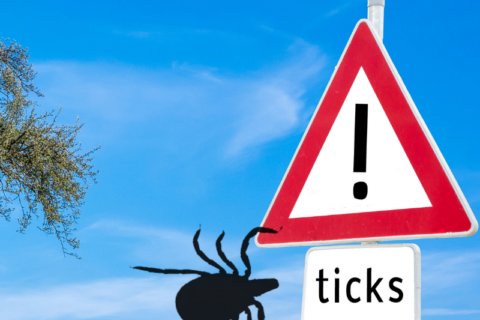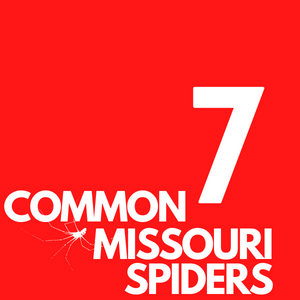Can Spiders Fly?
Spiders use their silk to catch their meals, but did you know that young spiders also use their silk to fly? You may remember seeing this in the movie Charlotte’s Web. In a process called ballooning, young spiders fly to disperse after hatching.
When does ballooning happen?
Spiders will hatch in both spring and fall in large numbers, but fall is when most spiders hatch. Their webs can be washed off the shrubs with a strong stream of water. The ballooning season will pass in a couple of days, and the excess spiders will eat each other, and it will be over.
Young spiders can use the ballooning technique because of their very light weight. A young spider will stand on the tips of its legs with its abdomens in the air. The spider will begin to release silk from the end of its abdomen, with the silk increasing as the spider waits to catch a breeze of wind. When the silk catches enough wind, the young spider will release its hold, and the wind will carry it away.
Depending on the wind, they can go long distances and hopefully will land in a favorable location. Once they land, they will begin to hunt immediately for food.
If large numbers of spiders balloon simultaneously, they can become tangled into one large mass. These large masses have been mistaken for chemical warfare during World War II, and some people have even confused them for aliens!
To see an example, watch the Missouri Dept. of Conservation video on spider ballooning.
Crab Spiders
One type of spider that uses the ballooning technique is the crab spider. All crab spiders generally look like crabs. Their legs extend outward like a crab, and they can move in any direction. Their first pair of legs are large, powerful, and covered in tiny spines. Crab spiders catch their prey by sitting and waiting. When a suitable meal crosses their path, they grab and bite it.
Vogelsang Pest Management offers various pest control services for homeowners and businesses throughout St. Charles, Lincoln, and St. Louis counties in Missouri.


